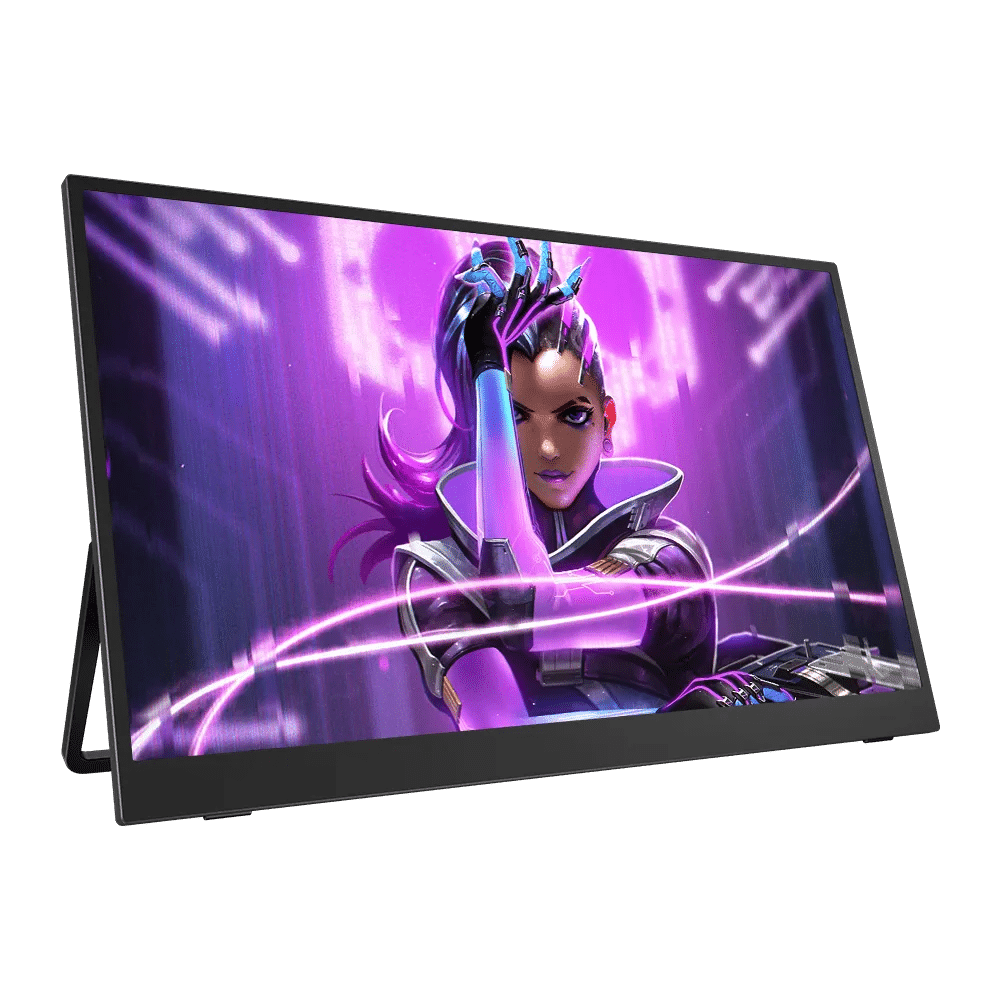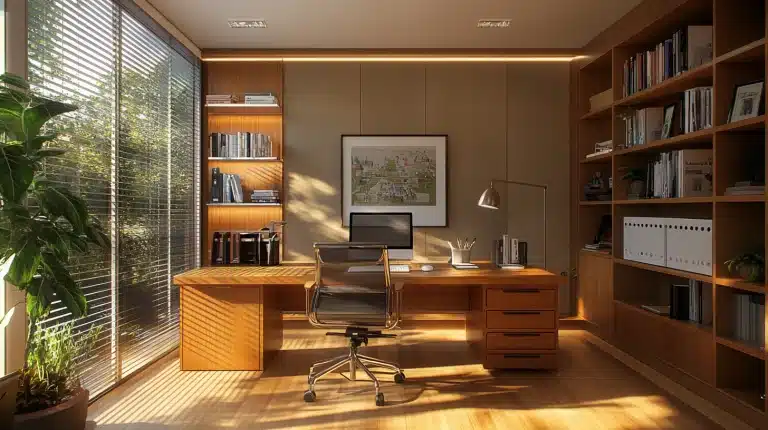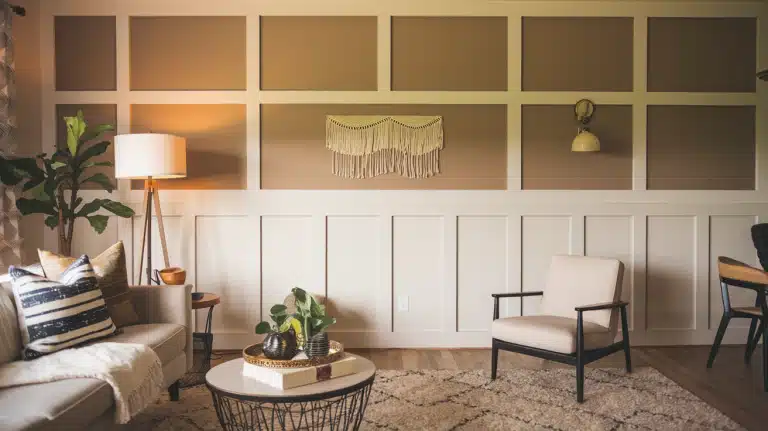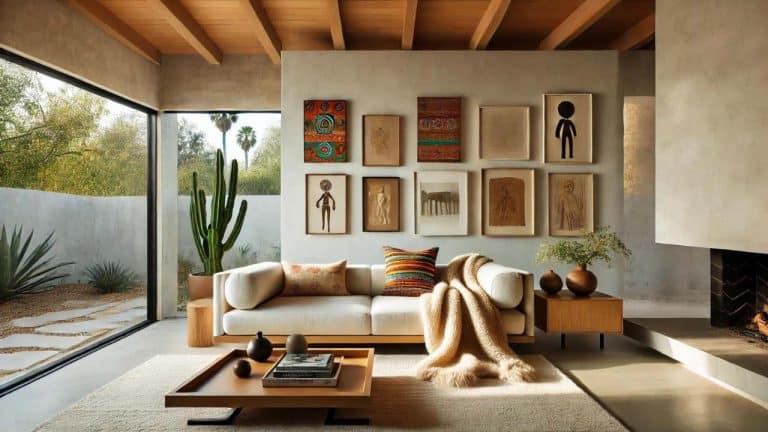How to Set Up a 22-Inch Portable Monitor with Your Laptop in Small Spaces
Sometimes having to work in cramped areas can be a bit of a burden, particularly when you would like a bigger monitor to work on or play games, or study. With a portable computer monitor of 22 inches, everything can change.
It provides you with the convenience of having an additional screen without occupying too much space, and it is compatible with your laptop. You may be sitting at a small desk, in a dormitory, or even at a cafe, but knowing how to create a so-called portable monitor correctly will bring the most comfort and efficiency.
This paper will also show you how to install a 22-inch portable monitor with your laptop in a small area. We will also discuss small desk organization tips, cables, accessories, and even high-tech stuff like a touch-screen computer monitor. At the end, you will know how to design a clean, uncluttered space that best fits your requirements.
How to use a 22-inches Portable Monitor?
Step 1: Select the Portable Monitor
Monitors are not all created equal, and thus, the first step is to choose one. These are the main features that should be considered:
Size and Resolution
A 22 inch computer monitor is large enough to see clearly yet small enough to fit into small setups. At least Full HD (1080p) resolution will provide clear, readable text.
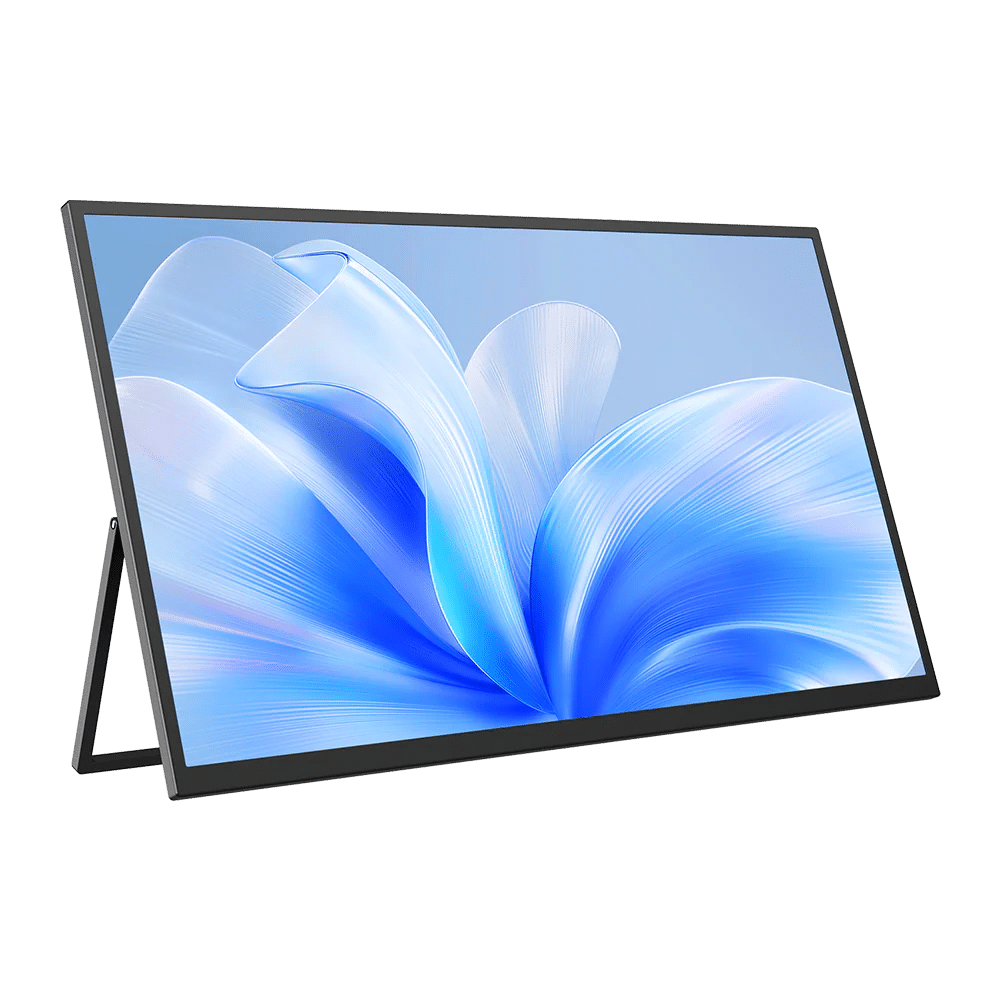
Connectivity Options
- USB-C: most laptops that use it. The display and power are on a single cable.
- HDMI: It is common that, typically, additional power is needed.
- Mini-HDMI or DisplayPort: These are good options, provided that they are available on your laptop.
Touch Screen Option
You can get a touch-screen computer monitor to add some functionality. You can use it to work directly with apps, draw, or edit documents using a stylus.
Portability Features
Find models that are light with a fold-out stand or protective case that doubles as a stand.
Step 2: Prepare Your Space
Organization will be a big deal even in a narrow arrangement. Clean up your workspace before you install your monitor.
- Clear your desk: Get rid of all the superfluous stuff. Only leave your laptop, monitor, mouse, and necessary accessories.
- Utilize the vertical space: Monitors may have arms or shelves on the walls, where items not on the desk may be stored.
- Cable management: Small adhesive clips or Velcro ties can be used to hold the cables together and prevent any tangle.
The thought here is to create a good layout that does not occupy a lot of space in your small space.
Step 3: Hook the Portable Monitor to Your Laptop
The technical side is next, which is how to connect the monitor to your laptop.
- USB-C Connection (The most convenient)
- Insert the USB-C into the port of your laptop.
- Plug the other end into your portable monitor.
- Your laptop should automatically appear on the display of the monitor.
HDMI Connection
- Insert the HDMI cable into the monitor and then into the laptop.
- Connect the monitor to a power supply (either a power bank or a wall adapter).
- Change the monitor input to HDMI.
Wireless Connection (Optional)
Portable monitors are also capable of wireless casting. This is not as popular but can help when you have fewer cables on your desk.
Step 4: Change Display Preferences
Once connected, activate your laptop display settings to ensure maximum enjoyment.
Windows
- Right-click on your desktop and select Display Settings.
- Click on the Extend, and the portable monitor will be used as an additional screen.
- Change scaling to make text and applications look clear on a 22-inch computer monitor.
Mac
- Select System preferences > Displays.
- Select Arrangement and drag the monitor where you would like it to be.
- Adjust the display to a comfortable size.
Note: When using a touch screen computer monitor as the monitor, make sure to install drivers before use, to ensure that the touch is usable.
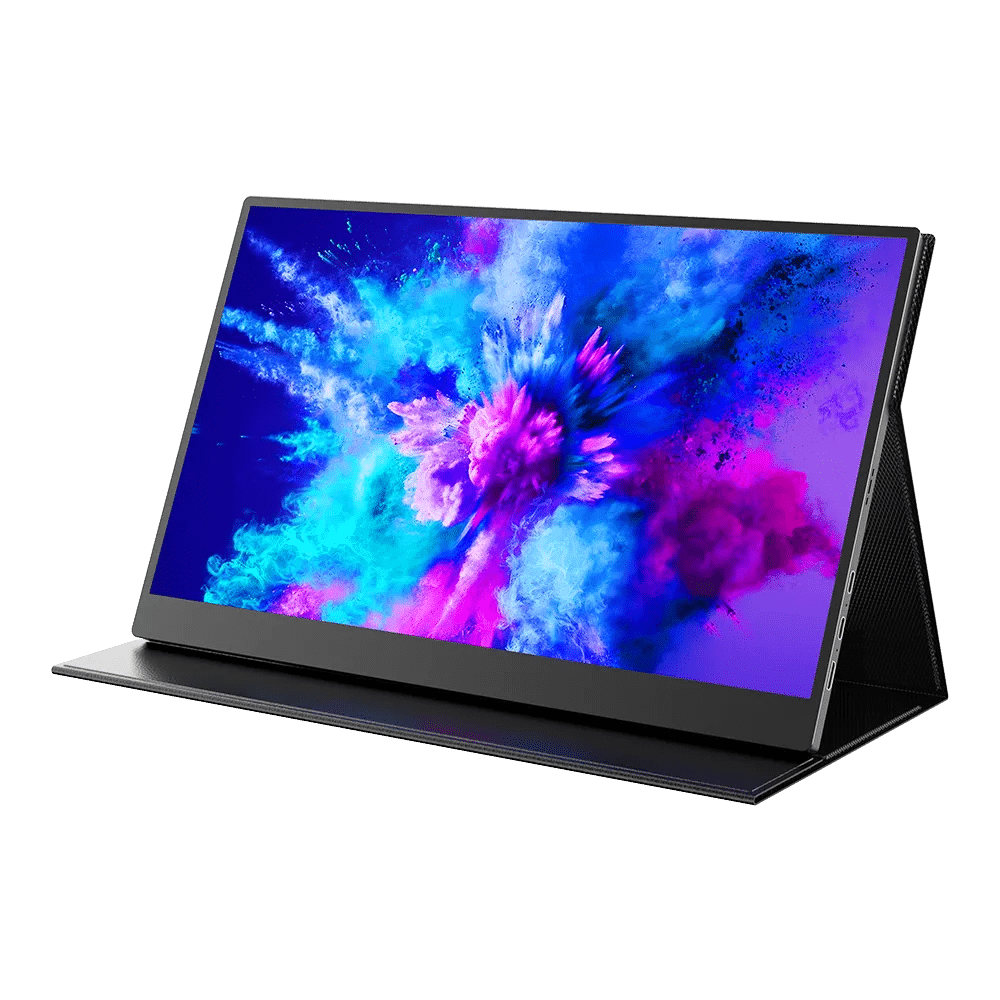
Step 5: Place the Monitor in Small Spaces
Since you can see your monitor is operating, it is important to set it in place.
- Side-by-side solution: The monitor should be placed on your side of your laptop to allow long-time multi-tasking.
- Stacked arrangement: This is when you put your monitor on top of your laptop on a vertical stand because you have limited space.
- Angle changes: Tilts the monitor forward a little to improve small desk ergonomics.
When you are sitting on a very small table (e.g., at a coffee shop), you can use a foldable laptop stand and position the monitor slightly off to the side.
Step 6: Streamline to Comfort and Productivity
The second monitor will definitely increase productivity, however, when you install it properly. Here’s how:
- Ergonomic height: The top of the screen must be at or a little lower than eye level.
- Brightness and contrast: Tip the settings so that the monitor is as bright as the screen on your laptop.
- Lessen glare: Place the monitor where there is no direct lighting.
- Keyboard and mouse: Wireless accessories minimize the amount of clutter on the desk.
When using a touch screen computer monitor, make sure that it is close enough so you can tap and swipe without difficulty.
Step 7: Use Portable Power Options
In some cases, there are not many power outlets in small spaces. Portable monitors may use USB power, but the following are additional suggestions:
- Power banks: Some models can be charged via a power bank.
- USB hubs: A power delivery hub is a plug that can simultaneously charge your monitor and your laptop.
- Single-cable connection: When your laptop has USB-C, both devices can be charged by using a single cable.
This decreases cable clutter and allows your setup to be mobile.
Step 8: Accessories to be taken into account
You can use accessories to enhance your small-space setup.
- Folding stand: Provides you with monitor adjustability.
- Docking station: Allows you to have multiple devices on one plug.
- Portable monitor case: Safeguard your portable monitor during travel.
- Wireless mouse and keyboard: Use the saved desk space and eliminate cable mess.
Step 9: How to make the best use of a 22-inch Portable monitor in small spaces
The following are some common uses of monitors in practice:
- Work on a computer: Have video calls on one monitor and documents on the other.
- Students: While listening to online lectures on the monitor, take notes on the laptop.
- Gaming: Have a laptop and a portable screen to play the games more easily.
- Artistic: Employ a touch screen computer monitor to draw/edit or to retouch photographs.
- Travel: Install a dual-screen solution in the hotel rooms or airports to be productive wherever you are.
Portable monitor maintenance tips
- Wipe the screen now and then using a microfiber cloth.
- Do not press the screen, especially in touch models.
- Keep it in a padded case when on a trip.
- Install drivers so that the laptop will work fine.
FAQs
Am I able to use a 22-inch portable monitor on any laptop?
Yes, external displays are supported on most of the current laptops. Determine whether your laptop is USB-C, HDMI, or Mini-HDMI. Adapters can be used on even older laptops.
Are portable monitors powered?
A lot of portable monitors only require one cable with USB-C to power and display. Your laptop might not support this, so you might be required to plug the monitor into somewhere external source.
Are touch-screen computer monitors worth purchasing?
Yes, if you do creative work such as drawing, design, or interactive presentations. Touch screens create flexibility and functionality that traditional displays lack.
So how do I add a portable monitor to an incredibly tiny desk?
You may use a vertical stand, a folding laptop stand, oran arm mounted to a wall. Monitoring your laptop in a high position or a position slightly off the side of your desk will save you a lot of space on the desk.

